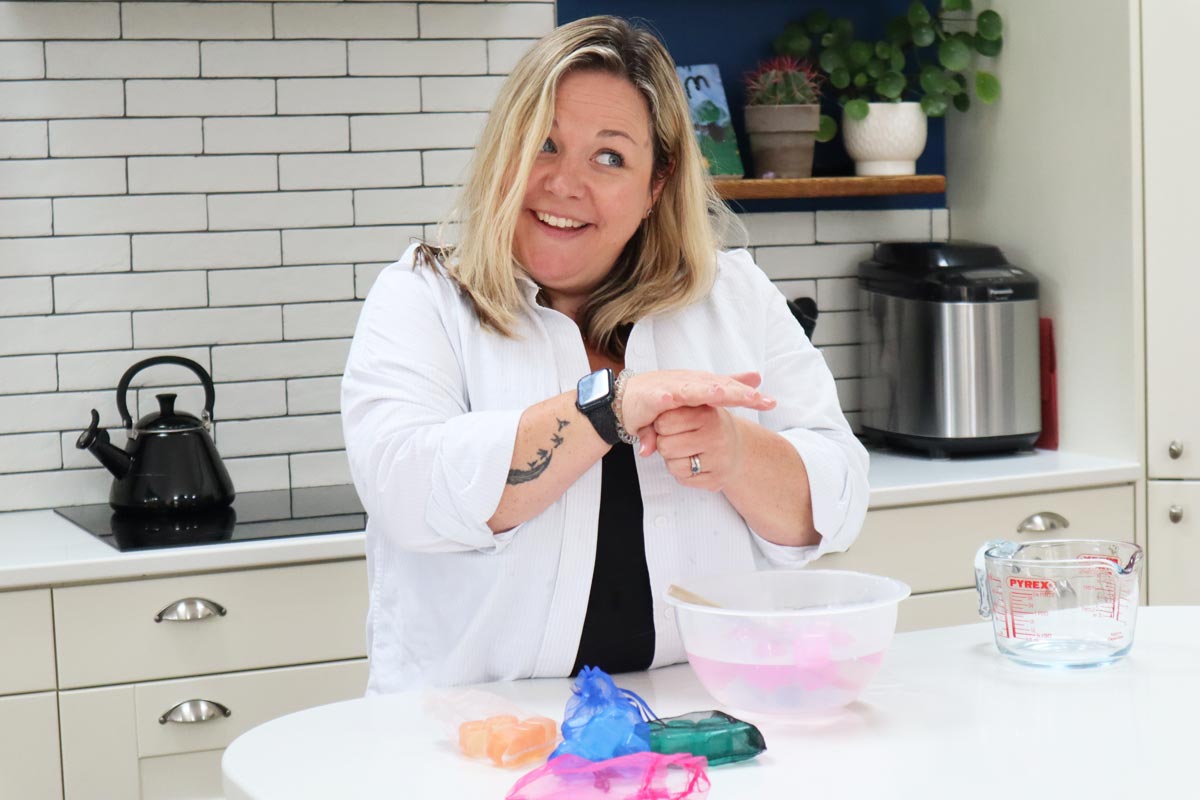
As a parent, it can be really concerning when we notice something isn’t quite right with our child’s speech, whether this be unclear speech, funny pronunciation or missing sounds. Speech sounds are highly noticeable so it’s completely natural to feel like this. We like to use the analogy of a tree when talking about communication – the leaves then would represent our speech sounds. But just as leaves need a healthy tree to grow on, speech sounds need strong roots and branches of communication beneath them. In this blog, We are going to explore how speech sounds develop, what difficulties look like and how you, as parents and carers, can support your child’s communication from the roots up.

Lots of different skills support the development of speech sounds:
Hearing
If you have concerns, it is important to get your child’s hearing checked. When seeking support, you will always be asked if this has been done.
The Building Blocks
The building blocks for a child’s developing speech sound system is discrimination of initial sounds, understanding syllable structures and rhyme. We will often support children to make sure they have solid foundations in these areas before moving on to specific sounds and processes. For example, can they clap along to long words and identify how many syllables a word has? Can they hear the difference between sounds and sort words between the sounds they start with?
Phonological difficulties
This is when a child has difficulty using sound patterns in the correct way. Sometimes they can’t produce the sound at all and sometimes they can make the sound but have it a bit muddled or don’t use it consistently in the right places. For example, a child may say ‘nake’ instead of ‘snake.’ They can make a /s/ sound but are simplifying the sound pattern without realising it. We call this consonant cluster reduction. This is one of the later phonological processes that is quite typical for young children to use. As children get older there are different speech sound milestones we are looking for them to have reached. Starting this at about 3 and a half. As it is part of normal development if a child is doing it later than we expect we call it a ‘delayed’ process.
Some children will need support to resolve these typical error patterns or they demonstrate some patterns that are less typical. An example would be what we call ‘backing.’ Sounds that are made at the front of the mouth, are produced at the back so ‘tap’ could become ‘cap.’ Although lots of children do use these processes they are not processes we expect to see in normal speech sound development. You may hear these referred to as a ‘disordered’ process.
Articulation difficulties
These happen when a child has trouble physically making a sound. They might not be able to place their tongue correctly for example. They know the word, they just don’t have the tools to say it properly.
Attention and listening
Attention skills help children self-monitor their speech, and to listen for differences between their own speech and what they hear from those around them. We support children to tune in and listen to sounds while they play. Children do not need to be able to sit down and ‘work’ in order to make progress on their speech sounds.
Understanding language
If children are struggling to understand concepts like ‘front’ and ‘back’ that relate to speech sounds we support children to explore these different concepts.
How can parents and carers promote speech sounds?
There is a lot you can do at home, to promote speech development. The most effective way is through a playful and no-pressure approach – children learn best when they feel confident and connected. Avoid asking them to correct their mistakes, try these ideas instead:
Model clearly
If your child says, ‘It’s a tar!’ you could repeat this back to them, modelling the error correctly – ‘Yes, it’s a car!’ They get to hear how the word should sound, without being corrected or made to repeat themselves.
Develop attention and listening
Play! Games that encourage turn-taking, waiting, and listening are all super effective for underpinning so many skills, including developing speech sound awareness. Listen to the aeroplanes in the sky, the doorbell or cars driving past. Games such as ‘I spy,’ or ‘Simon Says,’ can also be played on the go, when we are limited on time!
Shared reading
Books are so important for exposing our children to robust language and vocabulary. It is such a great opportunity to connect and co-regulate with our kids – with the added bonus of promoting skills for speech and language development.
Play with sounds
Sound awareness is vital if children are to be able to use speech sounds successfully. Nursery thymes, rhyming games, silly sounds, syllable clapping are all great ways of developing this.
Early support can make a huge difference, so if you have any concerns, reach out. More often than not we can put your mind at rest that everything is ok and ticking along nicely! If not, that’s what we are here for.


